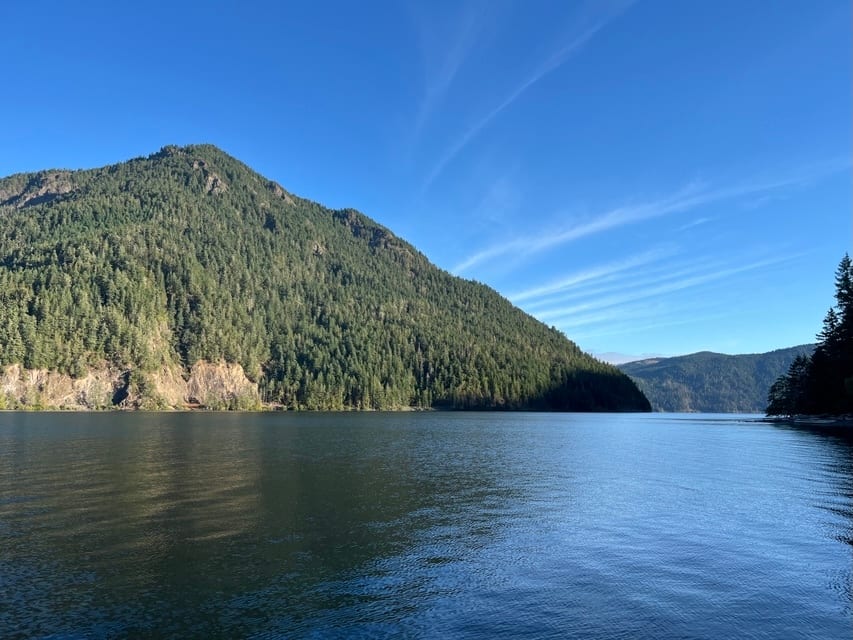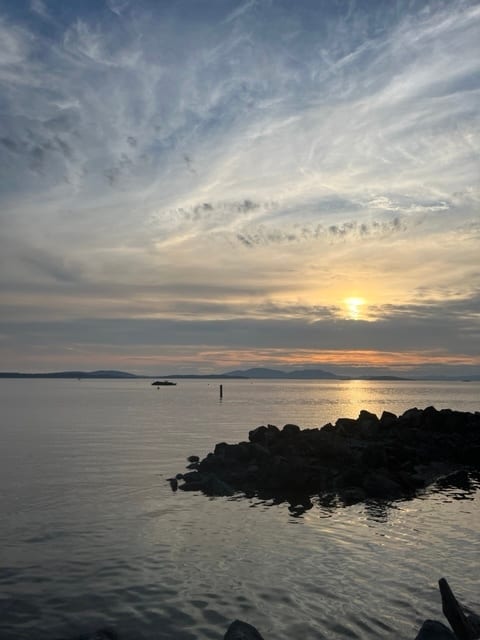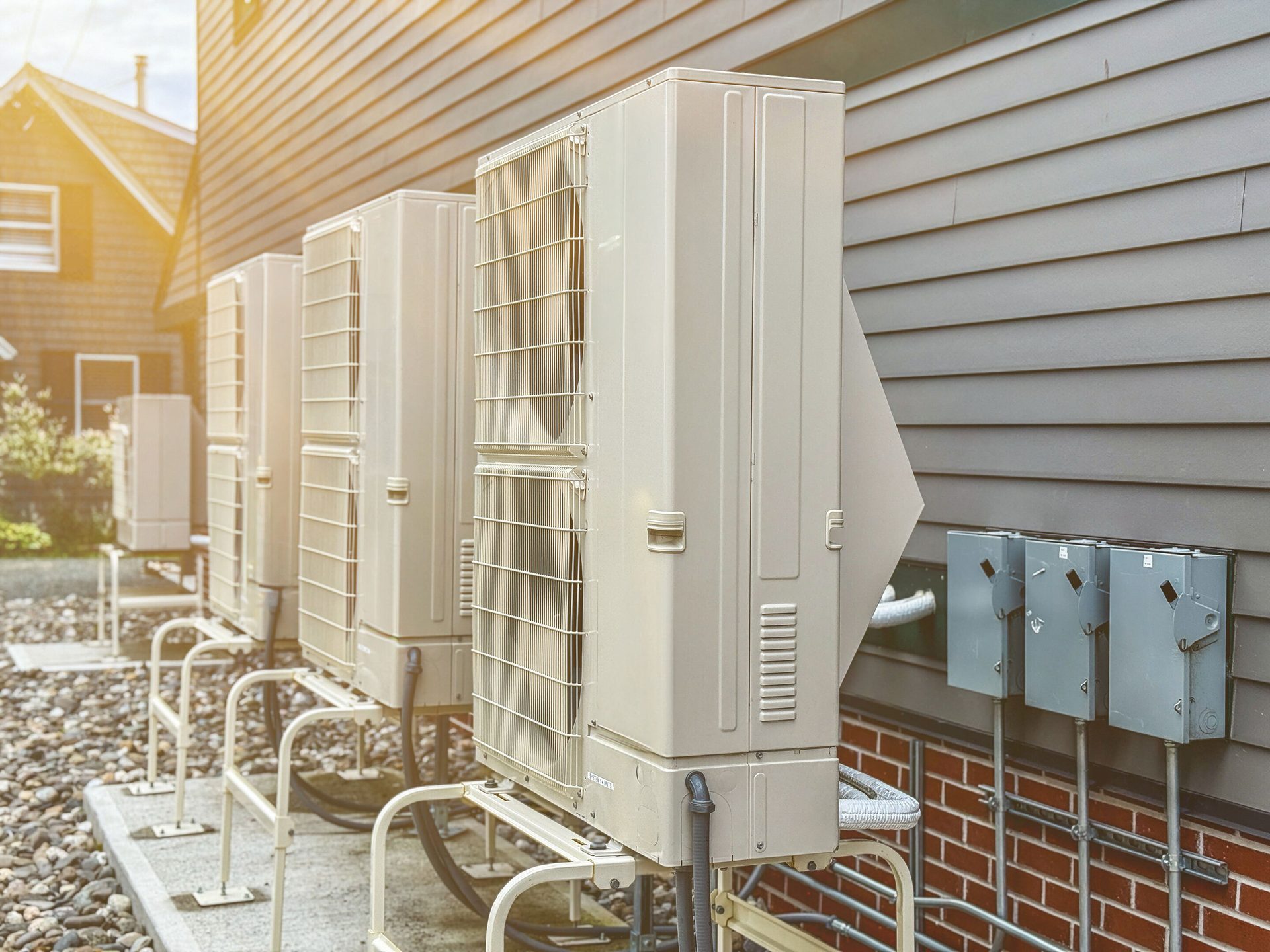EDITORIAL OPINION
BY KRISTEN BAYLES

Clear waters, clear purpose: reflections on protecting a vital resource
A journey through the Pacific Northwest offers a vivid reminder of the care and vigilance required to protect and deliver one of our most vital resources.

The water on Lake Crescent, a glacially carved lake in Washington inside of Olympic National Park, showcases the natural purity our industry strives to preserve.
Recently, I went on a week-long vacation to Washington state. My boyfriend – now fiancé! – and I decided to visit some friends across the country. There was truly nothing more jarring than going from ninety-degree weather in Alabama to the perfectly crisp mid-sixties in Washington!
Alabama is certainly no stranger to beautiful sights, but the views are completely different. The waters in the creek by my childhood home are muddy and shallow, while the lake by the lodge I stayed in near Olympic National Park was crystal clear. The first time I saw it, I was mesmerized by how vibrant the water was as it rushed over smooth stones. There’s something so fascinating about seeing water in its purest state — tumbling from a waterfall, rippling through a forest. It reminds us not only of nature’s beauty, but of the absolutely essential role that water plays in sustaining life.
That same clarity and vitality is what our industry works so hard to deliver every single day.
In nature, water moves in carefully balanced cycles: it falls as rain, runs along streams and percolates through the soil. Each step in that journey is absolutely critical to maintaining the life-giving power of water.
Similarly, human plumbing and water systems are designed to replicate that balance. Engineers and plumbers act as stewards in the built environment: ensuring water flows safely from source to tap, removing contaminants along the way, and distributing it efficiently to every building and household. Just as nature protects its water through equilibrium, we protect ours with valves, pumps and treatment processes, carefully controlling pressure, flow and quality.

The vibrant waters of the Pacific Northwest serve as both inspiration and reminder: clean water is never guaranteed. Image credit to Kristen Bayles.
The importance of that stewardship cannot be overstated. According to the World Health Organization, unsafe water and inadequate sanitation cause more than 1.4 million deaths each year worldwide. Here in the United States, the Environmental Protection Agency notes that our public water systems serve more than 300 million people daily. Maintaining that trust requires constant vigilance. Even in a country with some of the safest drinking water in the world, aging infrastructure poses challenges: the American Society of Civil Engineers estimates a water main breaks every two minutes, wasting more than six billion gallons of treated water each day. In a way, these failures almost mirror natural disruptions: just as erosion or sediment can cloud a once-pristine stream, leaky or broken infrastructure can degrade water quality if left unchecked.
The Pacific Northwest, in particular, offers a truly fascinating example of natural and human water stewardship intersecting. Watersheds in Olympic National Park are carefully protected by law, and scientists monitor stream health, fish populations and water chemistry to maintain the ecosystem. Filtration, water treatment and monitoring systems in our cities perform a similar function: they act as human-made filters, removing sediment, pathogens and contaminants to ensure water remains safe and reliable. Seeing these pristine streams in person made me reflect on the responsibility our industry bears to maintain that level of purity every day, even if the systems themselves are invisible to most people.
Engineers and plumbers act as stewards in the built environment: ensuring water flows safely from source to tap, removing contaminants along the way, and distributing it efficiently to every building and household.
Standing by that lake, I realized how interconnected our work is with the natural world. Every faucet that runs clear, every boiler that provides comfort and every system that ensures sanitation is part of a larger continuum — a built environment that mirrors the balance of a healthy watershed. And, just as those same rivers and streams will continue to flow for generations, it is our responsibility to ensure the systems we design and maintain uphold that same standard of clarity and trust.
As I boarded the plane and headed back to sweet home Alabama, I carried a renewed sense of purpose. Experiencing water in its most beautiful, pristine form reminded me that our work is not just about pipes, pumps or valves; it’s about people, ecosystems and future generations. Everything in our industry contributes to the broader goal of protecting one of the planet’s most precious resources. Clean water is a right, not a guarantee, and it is our job to defend it.
Traveling to Washington reminded me that even the simplest natural processes (a crystal clear lake or a waterfall) rely on balance, care and vigilance. So, too, do the systems we create and maintain. It’s a powerful reminder that, in our industry, attention to detail and proactive stewardship are as vital as any emergency repair. Nature doesn’t wait, and neither can we.

Photos courtesy of Kristen Bayles
Kristen Bayles is the Associate Editor for Plumbing & Mechanical and Supply House Times. Originally from Monroeville, Alabama, her family worked in the plumbing industry for many years. Kristen holds a Bachelor’s degree in English with a specialization in Language and Writing from the University of Montevallo. Prior to joining BNP in 2025, she worked as an editor in the jewelry industry.
